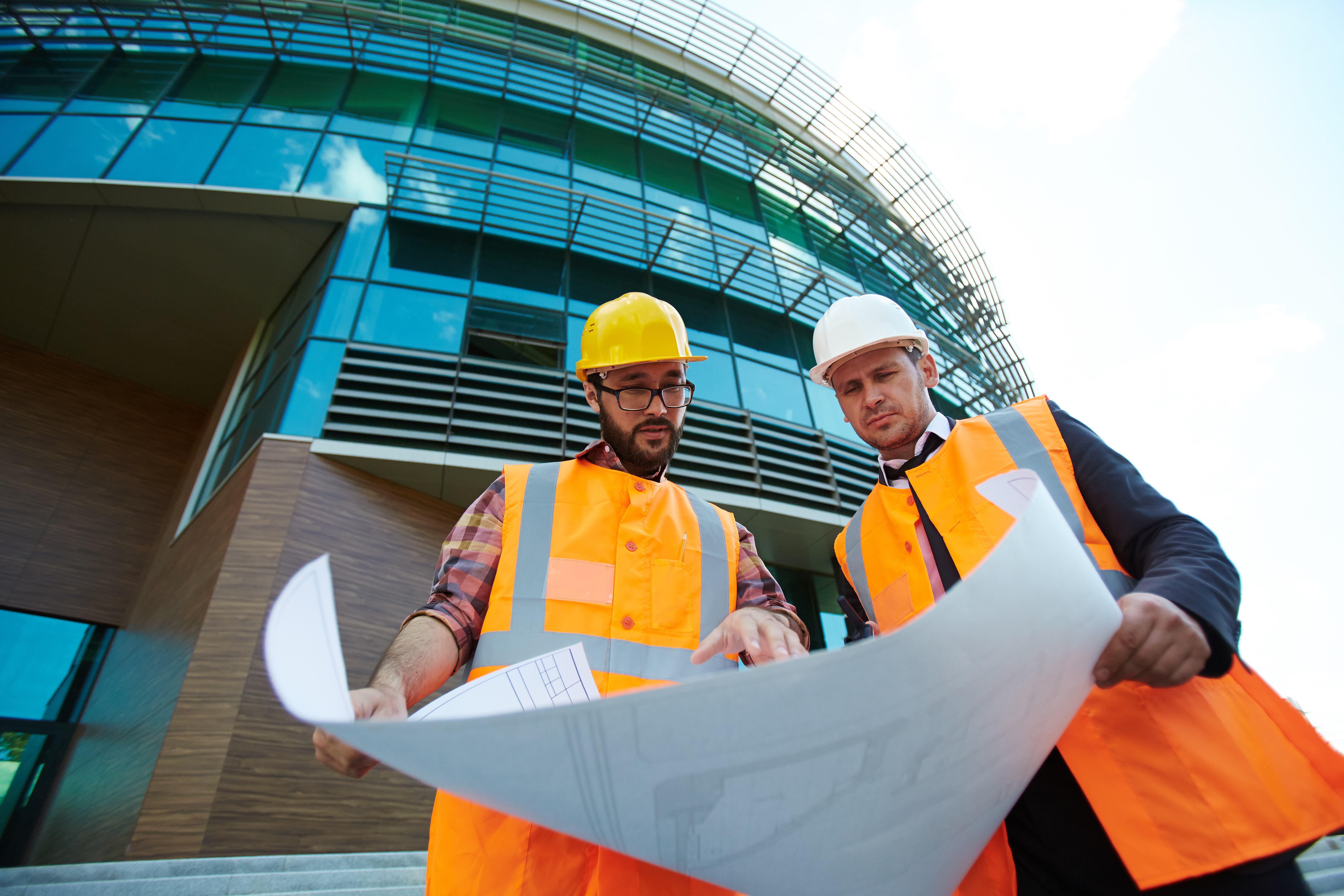Compliance with Balcony Inspection Laws, Height Limitations, and Rail Standards

Table of Contents
Ensuring that your property complies with local balcony inspection laws, height limitations, and railing standards is essential for both safety and legal reasons. In California, strict regulations like SB 326 and SB 721 outline the requirements for balcony and deck inspections, particularly for multi-family residential properties. Beyond inspections, there are also important rules regarding the height and design of balcony rails to prevent accidents. In this article, we will cover the essentials of compliance with these regulations and provide a comprehensive guide to understanding how to keep your balconies and decks up to code.
What Are the Legal Requirements for Balcony Inspections?
California’s SB 326 and SB 721 laws impose strict inspection protocols for residential properties with balconies, decks, and other elevated structures. These laws aim to prevent structural failures and ensure the safety of tenants and property owners alike. Here’s a breakdown of the key requirements:
SB 326 Inspections: This law applies to condominiums and other common interest developments. It mandates that balconies, decks, and other exterior elevated elements must be inspected at least once every nine years. The focus of these inspections is on load-bearing components that could pose a safety risk if they deteriorate.
SB 721 Inspections: Targeted at apartment buildings with three or more units, this law requires balcony and deck inspections every six years. These inspections are similar in scope to SB 326 but focus on ensuring the safety of rental properties. Any identified issues must be addressed promptly, and compliance with the law is critical to avoid penalties.
Both SB 326 and SB 721 aim to prevent tragedies like the Berkeley balcony collapse of 2015, emphasizing the importance of regular inspections by licensed professionals. Property owners must obtain a thorough balcony inspection report, documenting the condition of each structure and ensuring that necessary repairs are made.
How Do Height Limitations Impact Balcony and Rail Design?
In addition to inspection laws, California has clear guidelines for the design and construction of balcony rails, especially concerning height limitations. Railings must meet specific height requirements to prevent falls and ensure user safety. Here’s a breakdown of the key considerations:
Residential Balcony Rails: According to California building codes, the minimum height for a balcony railing is typically 42 inches (1067 mm) in residential properties. This applies to multi-family residential buildings and ensures that the railing is tall enough to prevent accidental falls.
Commercial or Public Buildings: In public or commercial settings, the height requirements for balcony rails may vary, but generally, they should still meet the minimum 42-inch height standard. The design and construction of these rails must also account for increased traffic and usage.
Non-compliance with railing height standards can lead to fines or legal actions, particularly if an accident occurs. Beyond safety, it is important to consider the aesthetic design of the railing while maintaining the required height to enhance the visual appeal of your property.
Contact DrBalcony for a professional inspection!
Ensure the safety of your balcony and living space with DrBalcony - We're a Tech Engineering firm that specializes in California SB326 & SB721 balcony inspections. Over 300+ completed projects in California.
Request A Free EstimateClick To CallWhy Is Compliance with Rail Load-Bearing Requirements Crucial?
While height limitations are essential for safety, the strength and stability of balcony rails are equally important. Load-bearing regulations ensure that balcony rails can withstand force and pressure without failing. Here are key points to consider:
Load-Bearing Capacity: In California, railings must be able to withstand a concentrated load of at least 200 pounds (90.7 kg) applied in any direction at the top of the rail. This requirement is crucial for ensuring the rail’s integrity under stress, such as during large gatherings or accidents.
Material and Construction: Balcony rails can be made from a variety of materials, including wood, metal, and glass. However, the materials used must meet load-bearing and durability standards to avoid compromising safety over time. Regular inspections, mandated by SB 721 and SB 326, assess whether the railings meet these load-bearing criteria.
Structural Integrity: Beyond the materials used, the overall structural integrity of the balcony and its railings is assessed during deck inspections. Deterioration, such as rust or wood rot, can compromise the safety of the railings, making it essential to address any issues identified in the balcony inspection report.
How Can Regular Balcony Inspections Help with Compliance?
Compliance with balcony inspection laws, height limitations, and load-bearing requirements is non-negotiable, particularly for property owners in California. Regular balcony inspections play a crucial role in ensuring that all structures meet safety standards. Here’s how these inspections can help with compliance:
Identifying Issues Early: Regular inspections, as required by SB 326 and SB 721, can help property owners identify potential problems before they become serious. This includes cracks, water damage, rust, and other signs of wear that could compromise the integrity of the balcony or its railings.
Comprehensive Inspection Reports: After an inspection, property owners receive a detailed balcony inspection report outlining the condition of the structure and any necessary repairs. This report serves as documentation that the property complies with state laws, protecting owners from legal action in case of an accident.
Ensuring Structural Safety: By addressing any issues found during inspections, property owners can ensure that their balconies are safe for use. Regular inspections help to maintain the structural integrity of the building, giving owners peace of mind and safeguarding tenants from potential accidents.
Contact DrBalcony for a professional inspection!
Ensure the safety of your balcony and living space with DrBalcony - We're a Tech Engineering firm that specializes in California SB326 & SB721 balcony inspections. Over 300+ completed projects in California.
Request A Free EstimateClick To CallFAQ Section: Top Questions & Answers
My property is well-maintained. Do I really need SB-326/SB-721 inspections?
YES! Even with excellent maintenance, hidden issues can develop due to construction errors, material flaws, or severe weather exposure. Inspections are about ensuring those don’t turn into major problems.
Our balconies were inspected a few years ago – isn't that enough?
Unfortunately, no. California laws mandate inspections on a set schedule, often every 6 years. Deterioration can happen quickly, making regular assessments essential.
Can I use my regular handyman for the balcony inspection?
It’s not recommended. Unless they hold specific licenses (architect, structural engineer, etc.) their inspection won’t be considered valid for SB-326/SB-721 compliance.
What if the inspection uncovers major issues?
First, don’t panic! Early detection often means less extensive (and expensive) repairs are needed. Work with your inspector to prioritize fixes, and explore if they offer repair services for a streamlined solution.
I'm worried about the cost of inspections. Are there any resources to help?
Start by getting detailed quotes from multiple companies. Factor in that proactive inspections help you avoid even bigger costs down the line due to neglected problems. Some property management associations offer guidance on budgeting for balcony compliance.
- List Item #1
- List Item #1
- List Item #1
- List Item #1
- List Item #1
I started off by doing 1 inspection with them back in June because I knew it needed work done. Now, they’ve completed 2 of my properties and have 2 more inspections coming up this month. All great so far! They’re great at keeping me updated
- List Item #1
- List Item #1
- List Item #1
- List Item #1
- List Item #1
I would like to share the fact that this company has been extremely honest and helpful with this challenging project. Balcony and walk way repairs are very expensive, so you want the very best professionals next to you
- List Item #1
- List Item #1
- List Item #1
- List Item #1
- List Item #1
Greg was very helpful in explaining the entire process. They walked me through everything and helped me keep both of my properties in compliance!

